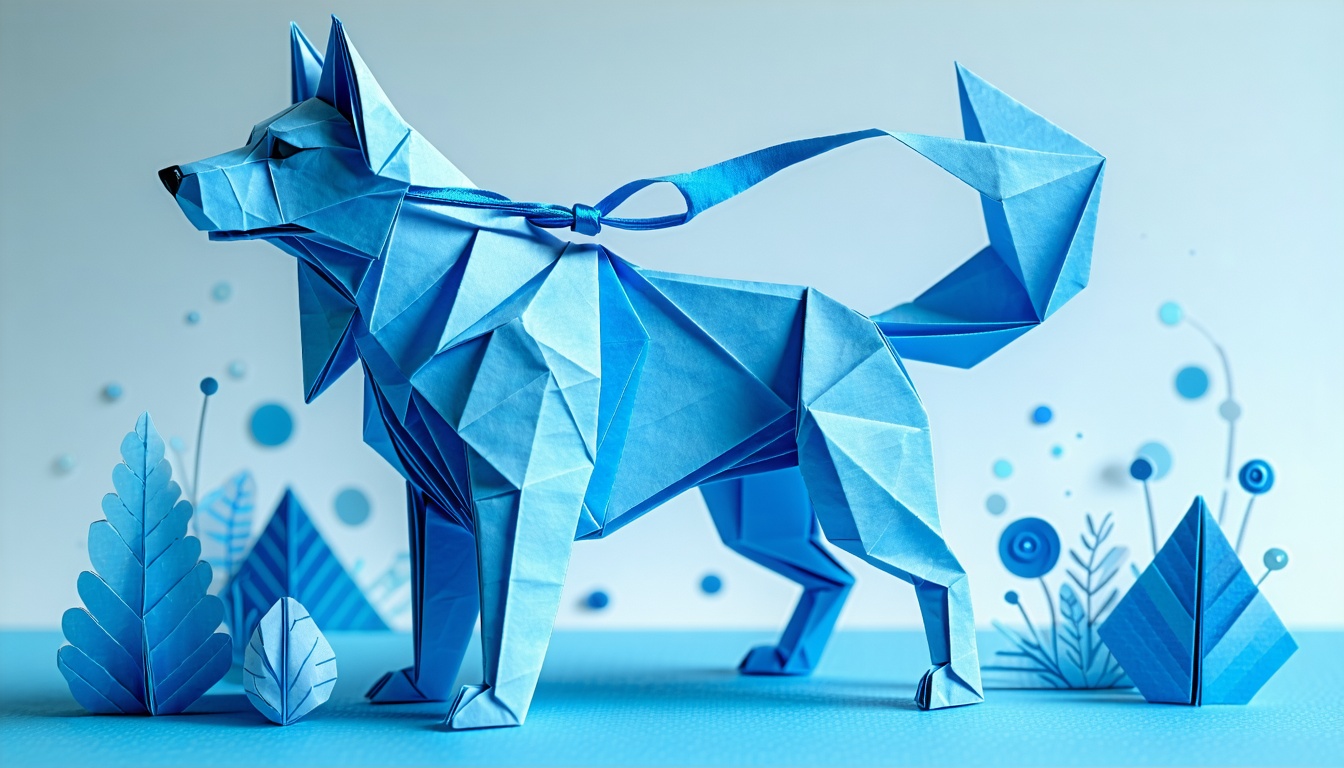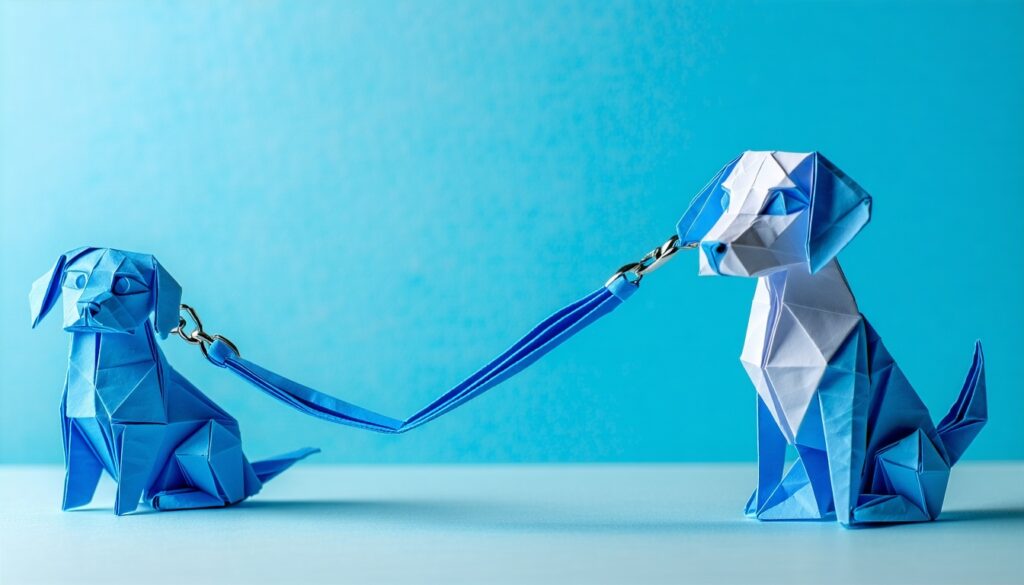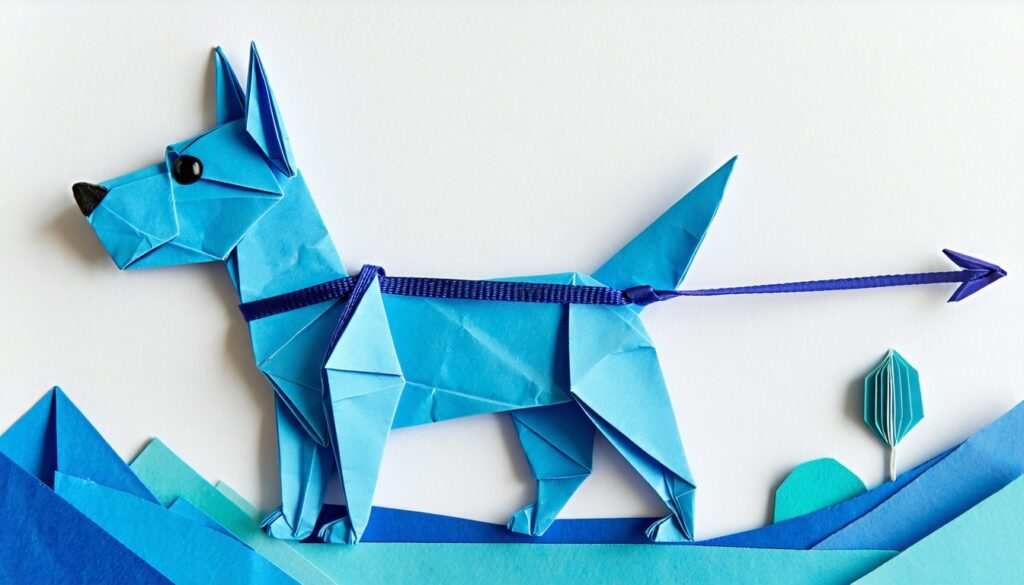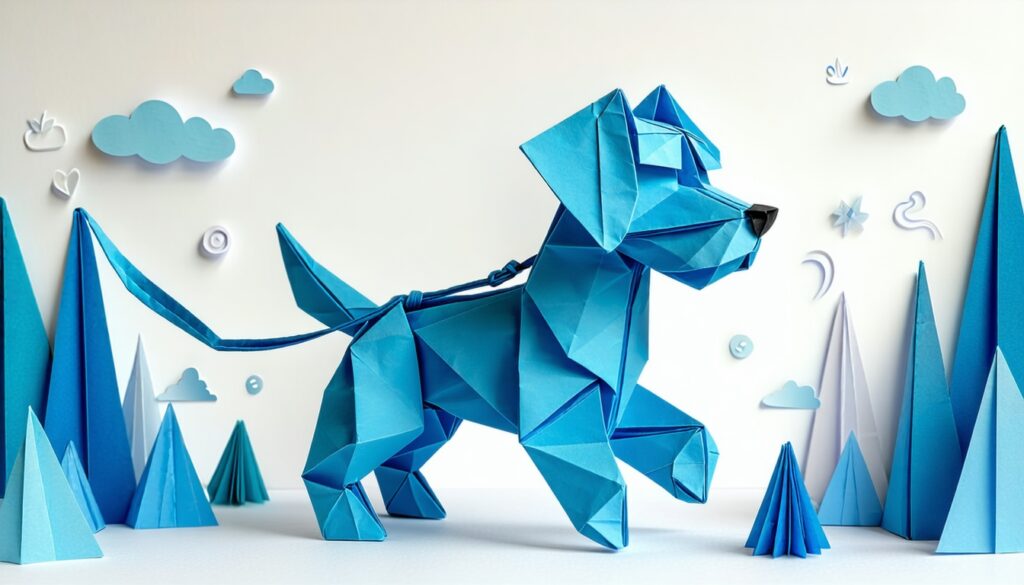Leash training large breed puppies can feel like a big adventure. After all, you’re dealing with an enthusiastic bundle of energy that will soon grow into a strong adult dog. The good news is, with the right tools and techniques, you can enjoy peaceful walks and a confident, well-mannered companion by your side.
Start early and stay consistent
Early training sets the tone for your puppy’s future behavior. As soon as they are vaccinated and ready for short outdoor excursions, begin introducing leash manners. Large breeds learn quickly, but they also grow fast, so you’ll want to show them correct leash etiquette before they’re big enough to pull you off balance.
- Begin with short sessions, around 5–10 minutes, so your puppy stays engaged.
- Keep your schedule consistent. For more structure, consider a leash training schedule for puppies.
Consistency helps your puppy know what to expect. If each walk follows the same routine, they’ll get comfortable much faster.
Gather the right gear
Having equipment that fits well can make all the difference. Some dogs pull because they’re uncomfortable or unsure.
- Choose a front-clip harness or head halter for better control. Front-clip harnesses, such as the Easy Walk, gently redirect pulling momentum toward you (Dog Owners Academy).
- Pick a sturdy, non-retractable leash of 4 to 6 feet. This allows gentle guidance while preventing sudden lunges.
- Use treats or a favorite toy to motivate and reward calm walking behavior.
If you want more general pointers, you might like these puppy leash training tips for gear and setup suggestions.
Use positive reinforcement
Puppies thrive when they receive clear, consistent feedback. Large breeds in particular respond well to rewards-based methods, which build trust and reduce frustration.
- Offer treats the moment your puppy walks calmly beside you.
- Praise often with a happy voice or a gentle pat.
- Introduce a verbal cue like “good” or “yes” to mark desired behaviors.
According to experts at Off Leash K9 Training, positive reinforcement cements good leash manners, so your puppy associates slow, steady walking with pleasant outcomes.
Practice good leash manners
Large breed puppies rely on routine, so it’s important to show them how you want them to act from the get-go. Try these simple steps:
- Start indoors. Let your puppy drag the leash around for a short time, supervised, so they get accustomed to its presence.
- Move to a quiet outdoor spot with minimal distractions.
- Use treats or a favorite toy to encourage them to stay near your side.
- If you notice tension on the leash, stop walking. Wait until the leash slackens before proceeding.
Over time, you’ll lengthen your walks. For a deeper dive, check out our guide on how to leash train a puppy, which breaks down each step.
Prevent common pitfalls
Leash pulling is one of the biggest hurdles. It can put strain on you and your puppy and cause injuries if you’re not careful (Dog Owners Academy). Here are ways to handle it:
- Change direction if they pull ahead. This keeps them focused on following you rather than leading.
- Reward them anytime the leash remains slack.
- Practice short sessions in busy areas, then build up as they improve.
You can also explore leash training progressions for puppies that tackle everything from minor pulling to big distractions.
Build your training routine
No two large breed puppies are exactly alike, but they all need consistent practice. Staying on track helps reinforce good manners throughout each walk.
- Incorporate a quick warm-up game or trick, like “sit” or “touch,” to get their attention before heading out. You can find fun leash training games for puppies to keep sessions fresh.
- Alternate walking routes every so often to maintain interest and challenge them with new sights and smells.
- Keep an eye on their stress level. If they start to lose focus, end on a positive note and try again later.
Summary and next steps
Leash training your large breed puppy is all about consistency, patience, and positive reinforcement. Start young by introducing short, low-distraction walks, and slowly build up to more challenging environments. Use comfortable gear, reward your puppy for good behavior, and stop or change direction if they begin to pull. Above all, stay calm and committed, because big dogs are perfectly capable of gentle manners once they know what you expect.
If you still need more pointers, feel free to explore puppy leash training for beginners, or try out leash training a new puppy if you’ve just welcomed your furry friend home. Each small success you share together will lead to safer, happier walks in the long run. Enjoy the journey, and remember, the effort you put in now will lead to a lifetime of pleasant strolls side by side.



